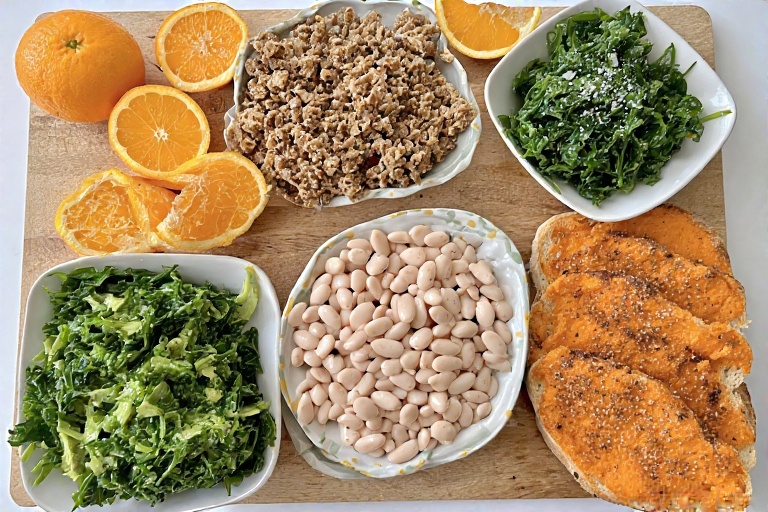Most viewed
-
Lifestyle

10 Incredible Secrets to Achieve 3 Month Hair Growth That Will Transform Your Tresses!
Are you ready to unlock the secrets to 3 month hair growth that will leave…
-

-

-

-


Are you ready to unlock the secrets to 3 month hair growth that will leave…





In today’s fast‐paced world, maintaining robust heart health is more important than ever. For those facing challenges related to ejection…

Empowering Mental Health: The Benefits of Biloba App Mental health is a critical aspect of overall health and well-being, and…

Unleash the Power of Flossing: Your Secret Weapon for a Healthier Heart Maintaining optimal heart health isn’t just about diet…

Honestly, I didn’t want to write this. Not because it’s hard — but because talking about weight, body stuff, and…

Say Goodbye to Hangovers: 9 Essential Supplements Before You Drink!

The Wake-Up Call I Didn’t Expect The first time my doctor said the words “your cholesterol is high,” I laughed…

Gambling addiction can feel like a never ending spiral that drags you down, but there are uplifting ways to overcome…

Long term goals to set yourself Long-term goals to set yourself in motion – make a list of your goals…

Discover supplements that help lower BP naturally, with real-life insights, tips, and honest experiences you can actually use. The Honest…